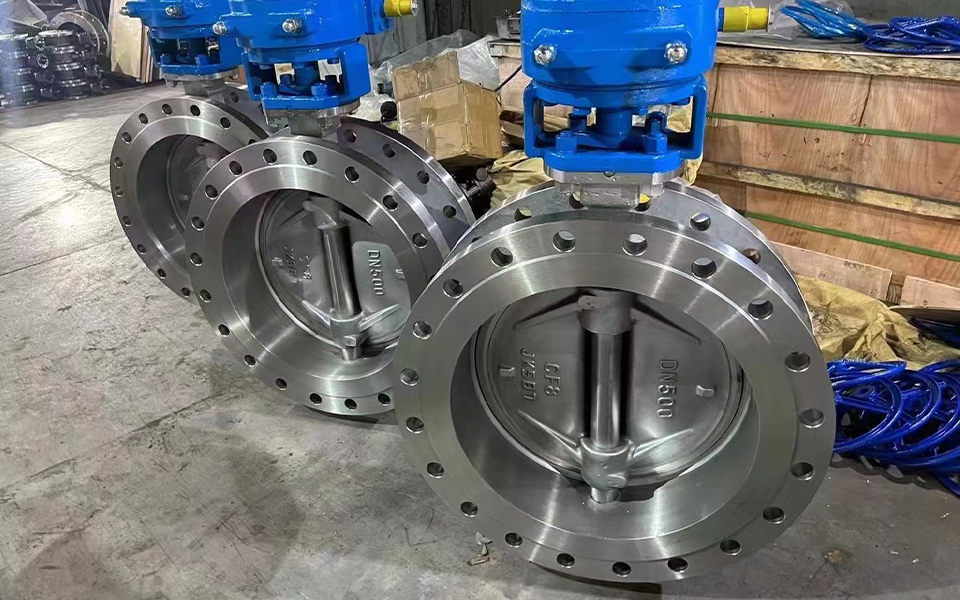INDUSTRY NEWS
What are the common materials of butterfly valves
First, cast iron butterfly valve
Cast iron butterfly valve is mainly used for low-pressure large-caliber pipelines, the price is relatively low, its internal structure is simple, stable performance. However, the corrosion resistance of cast iron butterfly valves is relatively poor, and corrosion and rust often occur.
Second, carbon steel butterfly valve
Carbon steel butterfly valve is suitable for general industry, chemical industry and other industries of low and medium pressure fluid control system. Because of the high strength and good reliability of the carbon steel butterfly valve, it has a wide range of application. However, the price of carbon steel butterfly valves is higher and is not suitable for low-cost projects.
Third, stainless steel butterfly valve
Stainless steel butterfly valve is one of the common butterfly valves, because its material has good corrosion resistance, high strength and good oxidation performance, can adapt to the control of a variety of fluid media, so widely used in high-demand industrial fields, such as food, medicine and so on. However, due to its relatively high price, it is mainly used in high-demand fluid systems.
Fourth, polytetrafluoroethylene (PTFE) butterfly valve
Polytetrafluoroethylene butterfly valve is a new type of material, suitable for high temperature, strong acid, strong alkali, strong corrosive chemical media pipelines and equipment, its advantage is that it can work statically for a long time in harsh environments, but the price is higher.
In summary, the common materials of butterfly valves are cast iron, carbon steel, stainless steel and polytetrafluoroethylene, etc. Each material has its scope of application and advantages and disadvantages. When selecting the butterfly valve, it is necessary to comprehensively consider the actual medium, use environment and engineering requirements to select the most appropriate butterfly valve material.

